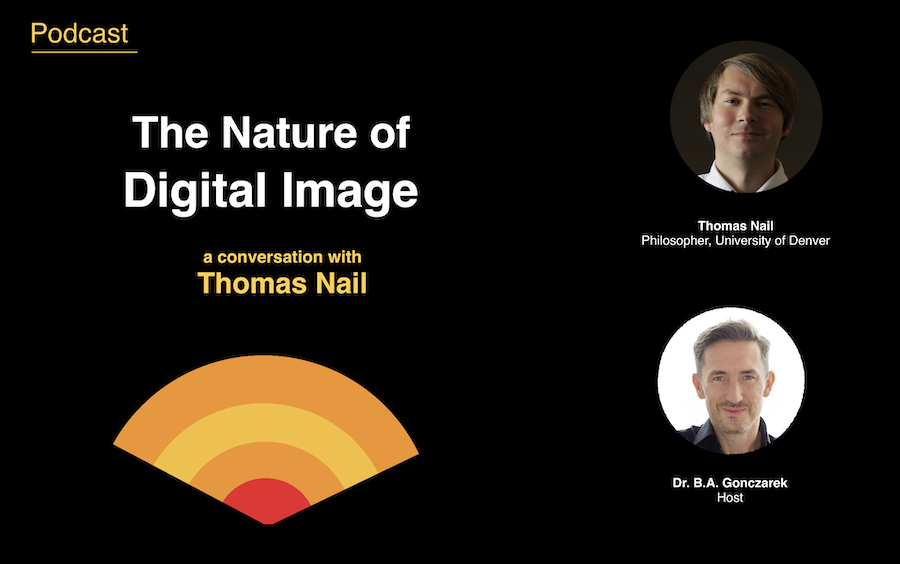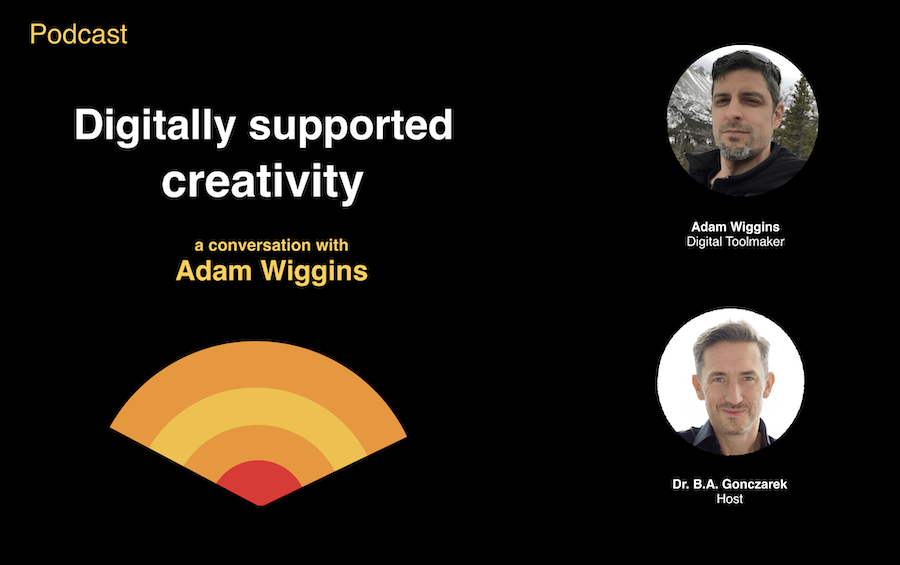Practicing sketchnoting in the classroom for thinking visually
Continue ReadingThe nature of digital image
A journey to the material foundation of the digital image and back. A conversation with the philosopher Thomas Nail.
Continue ReadingDigitally supported creativity
Crafting the right tools for creatives in the digital age. A conversation with Adam Wiggins, entrepreneur and the director of a research lab
Continue Reading
